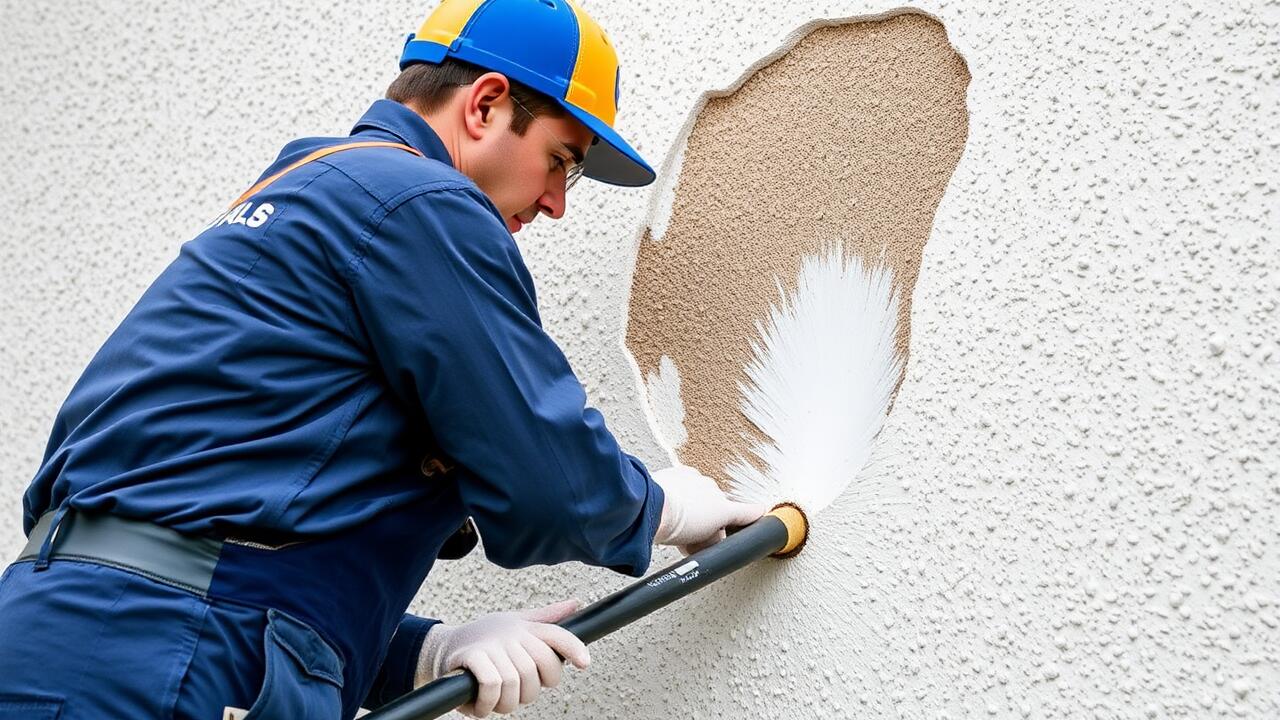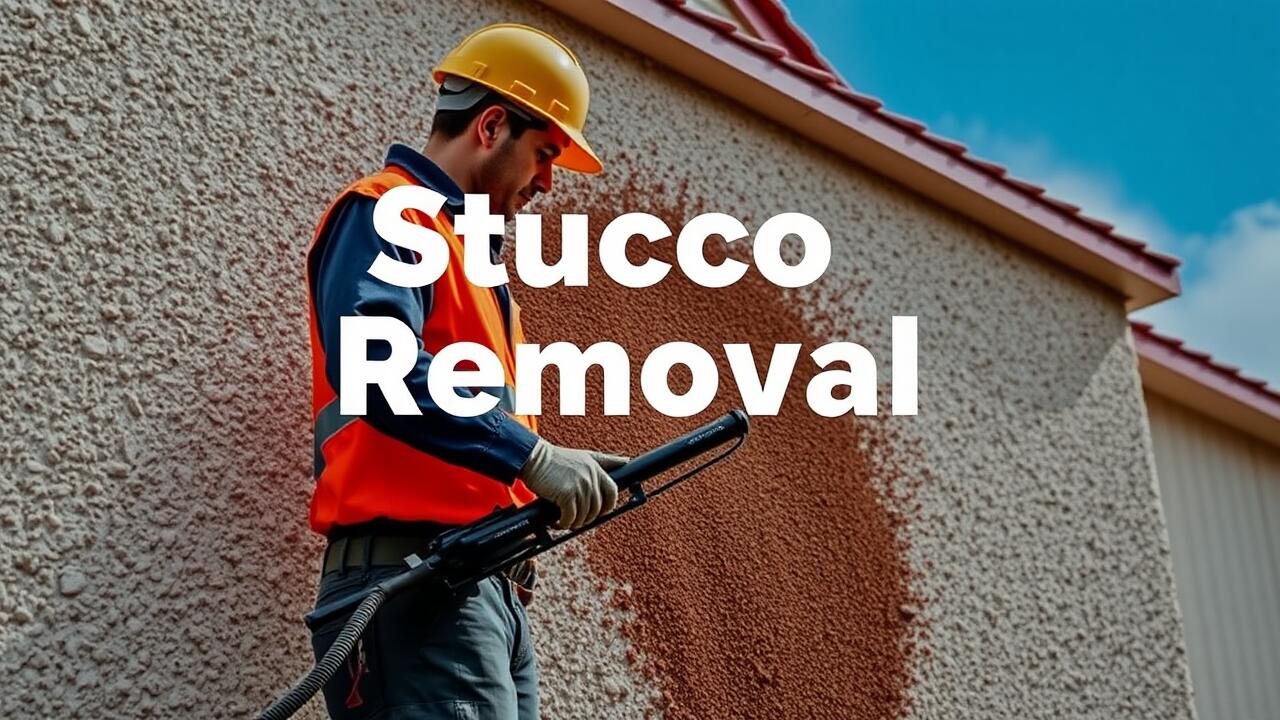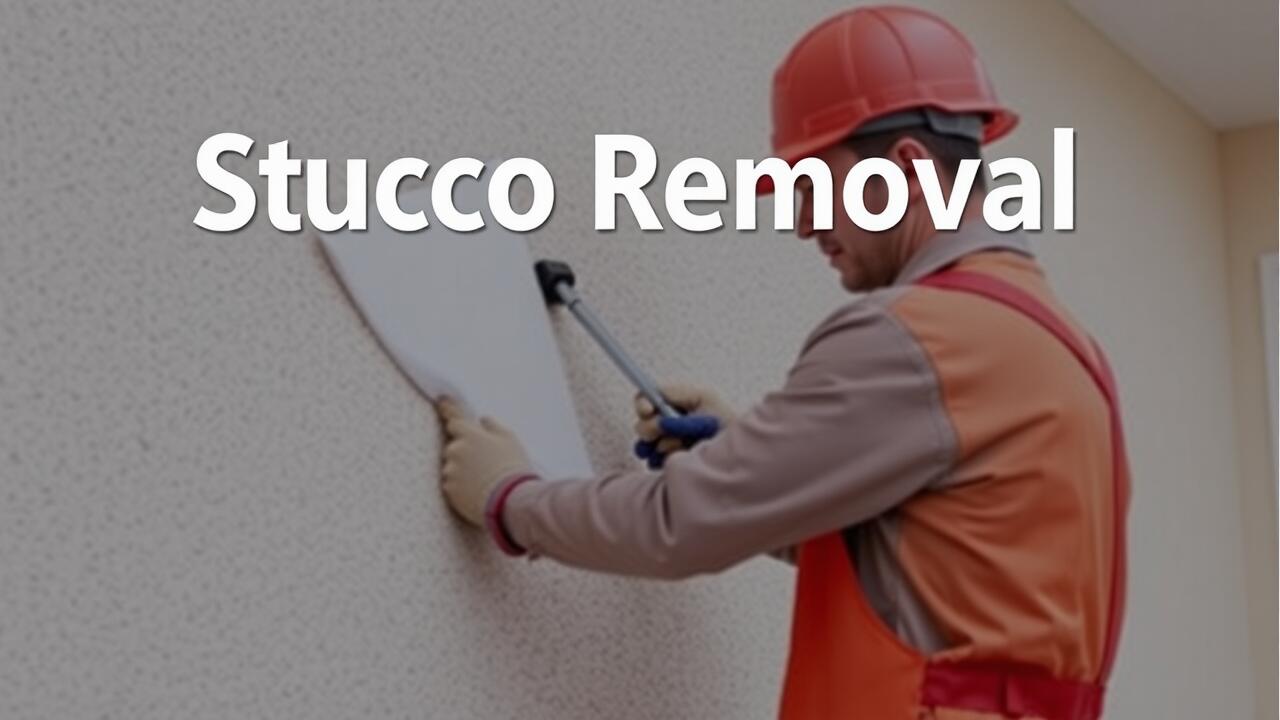
Best Scrapers for Stucco Projects
When tackling stucco removal, selecting the right scraper is crucial for efficiency and effectiveness. A sturdy scraper with a wide blade can significantly reduce the effort spent chiseling away at the stucco. Tools like heavy-duty hand scrapers or electric scrapers provide options depending on the size of the project. Many professionals recommend scrapers made from high-quality steel for durability, as they can withstand the rough texture of stucco without bending or breaking.
For those engaged in Stucco Removal in Westchester, Los Angeles, a scraper with an ergonomic handle can help alleviate strain during long hours of work. Look for scrapers that offer replaceable blades, allowing for versatility and ensuring peak performance as the project progresses. The ability to adjust the blade angle may also enhance precision, making it easier to navigate intricate areas while minimizing damage to the underlying surface.
Features to Look for in a Quality Scraper
When selecting a scraper for stucco removal tasks, consider the blade material first. Stainless steel blades provide durability and resistance to corrosion, ensuring a long lifespan even in challenging conditions. The blade's thickness also matters; thicker blades can handle tougher surfaces and make it easier to chip away at hardened stucco consistently. An ergonomic handle can significantly enhance comfort during extended use, reducing hand fatigue and improving control while scraping.
Another vital feature is the scraper's design, which should allow for versatile use in tight spaces and on various surfaces. Look for scrapers with a tapered edge or multiple blade angles, as they can reach into corners and crevices more effectively. In regions where stucco removal is common, such as during projects like Stucco Removal in Westchester, Los Angeles, having a reliable scraper can make a noticeable difference. A high-quality scraper not only enhances efficiency but also helps in achieving a clean finish before repairs or new applications.
Dust Control Strategies During Removal
Effective dust control is crucial during stucco removal projects to maintain a clean and safe environment. One of the primary strategies involves using a combination of wet methods and specialized tools. Spraying the area with water helps keep the dust from becoming airborne. Employing tools designed with dust containment features, like vacuum attachments on chisels and scrapers, can significantly minimize the dust generated during the removal process. This is particularly important in areas like Westchester, Los Angeles, where local regulations may require strict adherence to dust control measures.
Another useful strategy is to establish a containment area around the workspace. Utilizing plastic sheeting to create barriers can keep dust confined within the designated zone. It’s also beneficial to wear protective gear, such as masks and goggles, to prevent inhalation of fine particles. Setting up air filtration systems can help to clean the air during the removal process. Implementing these strategies will enhance safety and comfort for those working on stucco removal in Westchester, Los Angeles, and ensure a more efficient project overall.
Tools and Techniques for Minimizing Dust
Minimizing dust during stucco removal requires a strategic approach that combines the right tools and techniques. One effective method is to use a wet grinder equipped with a diamond blade. This tool allows for precise cuts while significantly reducing the amount of dust created. Furthermore, pre-soaking the stucco surface can help keep particles from breaking loose and becoming airborne during the removal process. The integration of these techniques can lead to a cleaner work environment, especially in residential areas like Stucco Removal in Westchester, Los Angeles.
Another critical strategy involves the use of dust collection systems. These can be attached to tools such as chisels or grinders to capture debris at the source. In addition, setting up plastic sheeting around the work area can act as a barrier, preventing dust from spreading throughout the home. Utilizing HEPA vacuums also provides an excellent means of cleaning up after the job, ensuring minimal residual dust. Employing these tools and techniques effectively can transform the stucco removal experience into one that is more manageable and less disruptive for both homeowners and neighbors alike.
Repairing Underlying Surfaces After Removal
After completing stucco removal, it is essential to assess the underlying surfaces for any damage or wear. This process involves inspecting the substrate, such as wood or concrete, for signs of rot, mold, or cracks. Depending on the condition, repairs may include reinforcing the structure, replacing deteriorated materials, or sealing any gaps to ensure a solid foundation for the new finish. Proper surface preparation plays a significant role in the longevity of the new application.
The next step involves cleaning the area to eliminate any dust, debris, or remnants from the previous stucco. This thorough cleaning process facilitates better adhesion of the new materials. When undertaking stucco removal in Pacific Palisades, Los Angeles, special attention must be given to the unique environmental factors of the region, such as moisture levels and temperature fluctuations. Ensuring a clean, well-prepared surface is crucial for achieving the desired results in any subsequent finishing or resurfacing work.
Key Considerations for Surface Preparation
Preparing the underlying surface after stucco removal requires careful evaluation. Inspect for any damage that may have occurred during the removal process, such as cracks or moisture issues. Addressing these issues before applying new finishes is crucial. Clean the surface thoroughly to ensure proper adhesion of any new materials. Removing debris and dust allows for a better bond and a smoother final appearance.
In addition to cleaning, consider the moisture levels in the underlying structures. It is essential to allow the surface to dry completely before proceeding with repairs. This helps to prevent future problems such as mold growth or deterioration of new materials applied. For those undertaking stucco removal in Westchester, Los Angeles, understanding local weather conditions can also be helpful in determining the best time to start repairs. Proper preparation sets the stage for a successful renovation project.
FAQS
What are the most effective scrapers for stucco removal?
The most effective scrapers for stucco removal include flat scrapers, putty knives, and specialized stucco removal tools that can handle tough surfaces and provide leverage for efficient scraping.
How do I choose the right scraper for my stucco project?
When choosing a scraper for your stucco project, look for features such as a sturdy handle, a sharp blade, and the appropriate width to match the thickness of the stucco you’re removing.
What dust control strategies should I implement during stucco removal?
Effective dust control strategies during stucco removal include using a wet method by misting the surface, employing a dust collection system, and using tarps and plastic sheeting to contain the dust.
Are there specific tools that help minimize dust during removal?
Yes, tools such as dust shrouds, vacuums with HEPA filters, and specialized attachments for power tools can significantly reduce dust generation during stucco removal.
What should I consider when preparing the underlying surfaces after stucco removal?
When preparing underlying surfaces after stucco removal, consider the type of material beneath the stucco, any necessary repairs, and ensuring the surface is clean and properly prepped for new finishes or installations.

